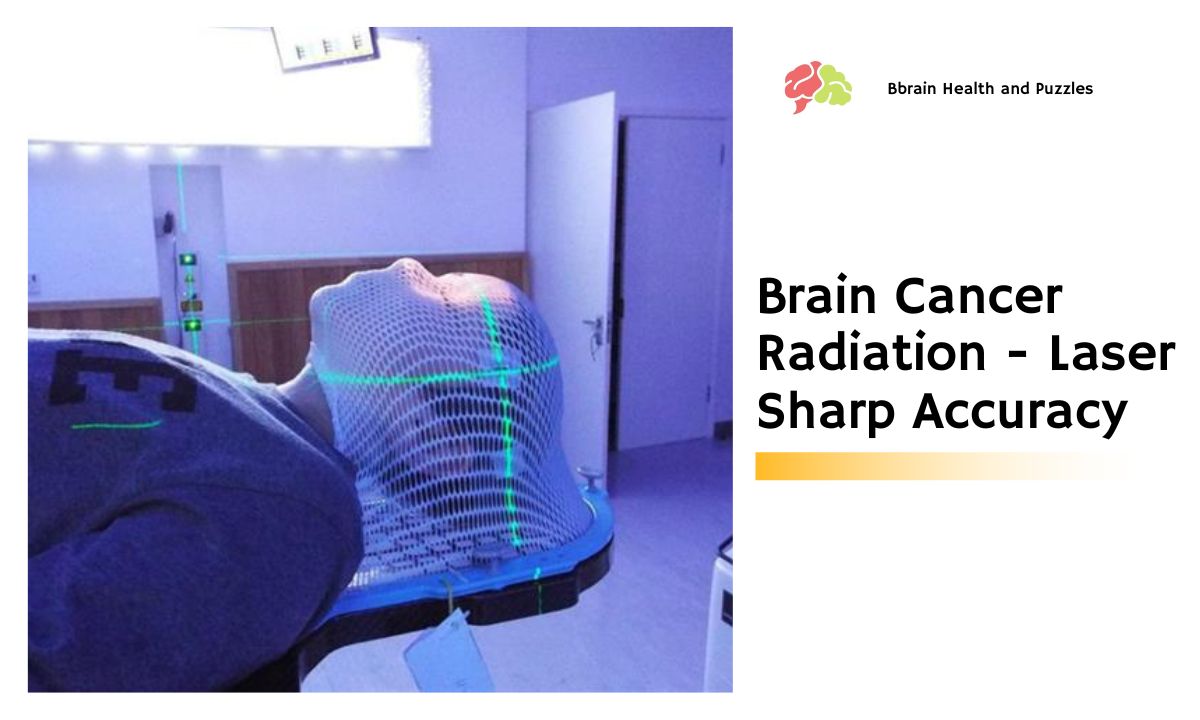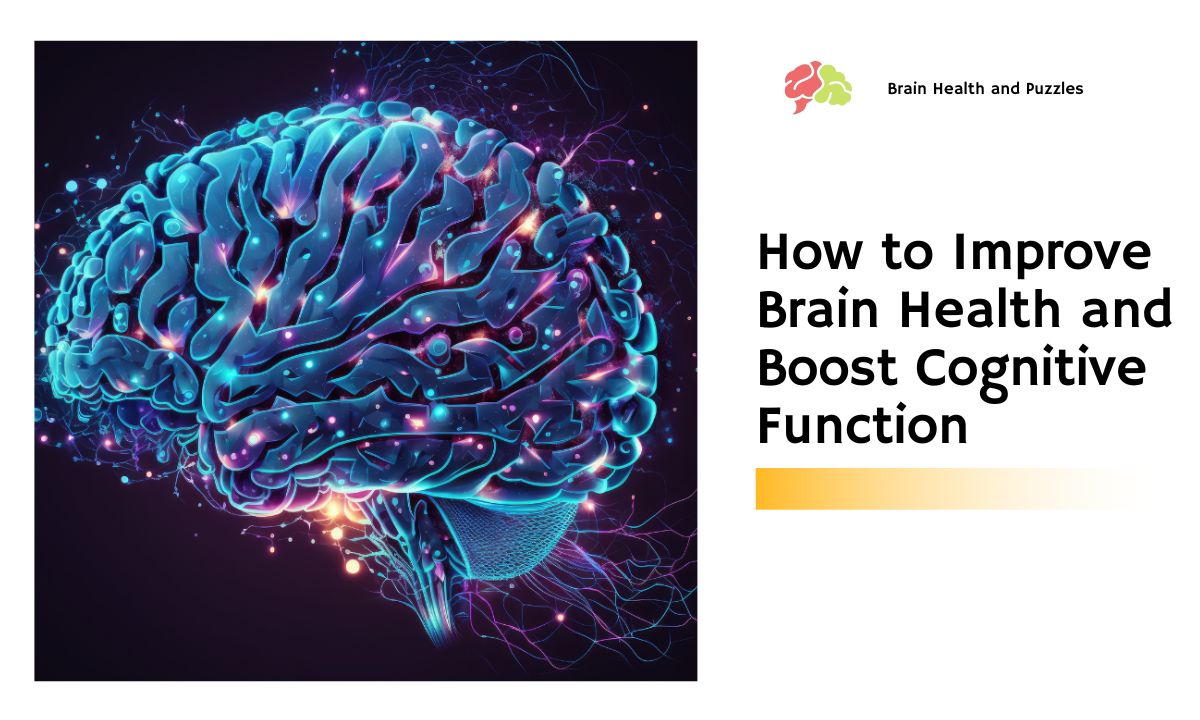Brain Cancer Radiation – Laser Sharp Accuracy

One of the options that doctors have when treating brain cancer is using radiation. Radiation therapy kills cancer cells but differs from chemotherapy in that it is a localized treatment. This radiation is delivered in the form of high-energy beams that deposit the radiation dose directly to the location of cancer cells in the brain. If there are any cancer cells that exist outside the beam of radiation, they will not be affected.
When Is It Employed
Radiation therapy is commonly used to treat brain cancers. Modern radiation techniques have led to increased remission rates and improved local-regional control of cancer growth. However, radiation kills normal cells as well as cancer cells, often causing severe and debilitating side effects. The management of radiation-induced side effects often focuses on treating the symptoms as they manifest; however, preventing complications of radiation therapy is clearly more desirable than treating them.
Radiation therapy is often chosen to treat metastatic brain cancer as a sole form of treatment. This differs from other types of cancer in which chemotherapy may be used in conjunction with radiation therapy. The standard treatment used for brain cancer is called stereotactic radiation therapy. This involves sophisticated scanning equipment to find and destroy cancer cells in the brain.
Man Receiving Brain Cancer Radiation Therapy (Radiotherapy) for Brain Tumor – The machine is a Linear Accelerator.
Precision Instruments
There is more than one way in which the radiation is administered. One of the most common ways to deliver radiation treatment for brain cancer is External Beam Radiation Therapy EBRT. EBRT is administered externally using machines called linear accelerators.
These produce high-energy external radiation beams that penetrate the tissues and deliver the radiation dose deep into the areas where the cancer cells are located. Because the doses are localized and specifically aimed this significantly reduces side effects while improving the ability to deliver radiation.
In contrast, Brachytherapy refers to radiation that is delivered by needles or tubes containing a radioactive isotope directly into the area of cancer. Once the needed dose is administered the needles are removed. Radiation can also be injected, and attached to what is called Monoclonal antibodies. These specific antibodies attach to specific cancer cells, which allows radiation to be administered to a specific target area.
EBRT
The EBRT treatment brain cancer radiation regime is usually on an outpatient basis for approximately 6 to 8 weeks. This process begins with a planning session or simulation. The radiation oncologist, or cancer specialist, marks the head and takes special measurements in order to line up the radiation beam in the correct position for each treatment.
During the EBRT treatment, the patient will lie on a table and will be treated with radiation from multiple directions. The amount of radiation used will depend on the features of cancer. EBRT treatment does not make the patient radioactive. Once the waves collide with the tumor cell the energy is lost and is no longer a threat to anyone.
The normal EBRT brain cancer radiation treatment uses beams of energy aimed at cancer or at the whole brain. There are some cases in which cancers spread rapidly in which stereotactic radiation is used along with whole-brain therapy.
It is common for radiation treatments for brain cancer to take place daily, 5 days a week for 5 to 6 weeks. It takes a few minutes to get treatment and anesthesia is not needed. This allows patients to continue to work during the weeks of treatment although they are encouraged not to overdo it.
There are some side effects such as lethargy that can occur. These can usually be treated with some drug therapy and are minor in comparison to chemotherapy.



